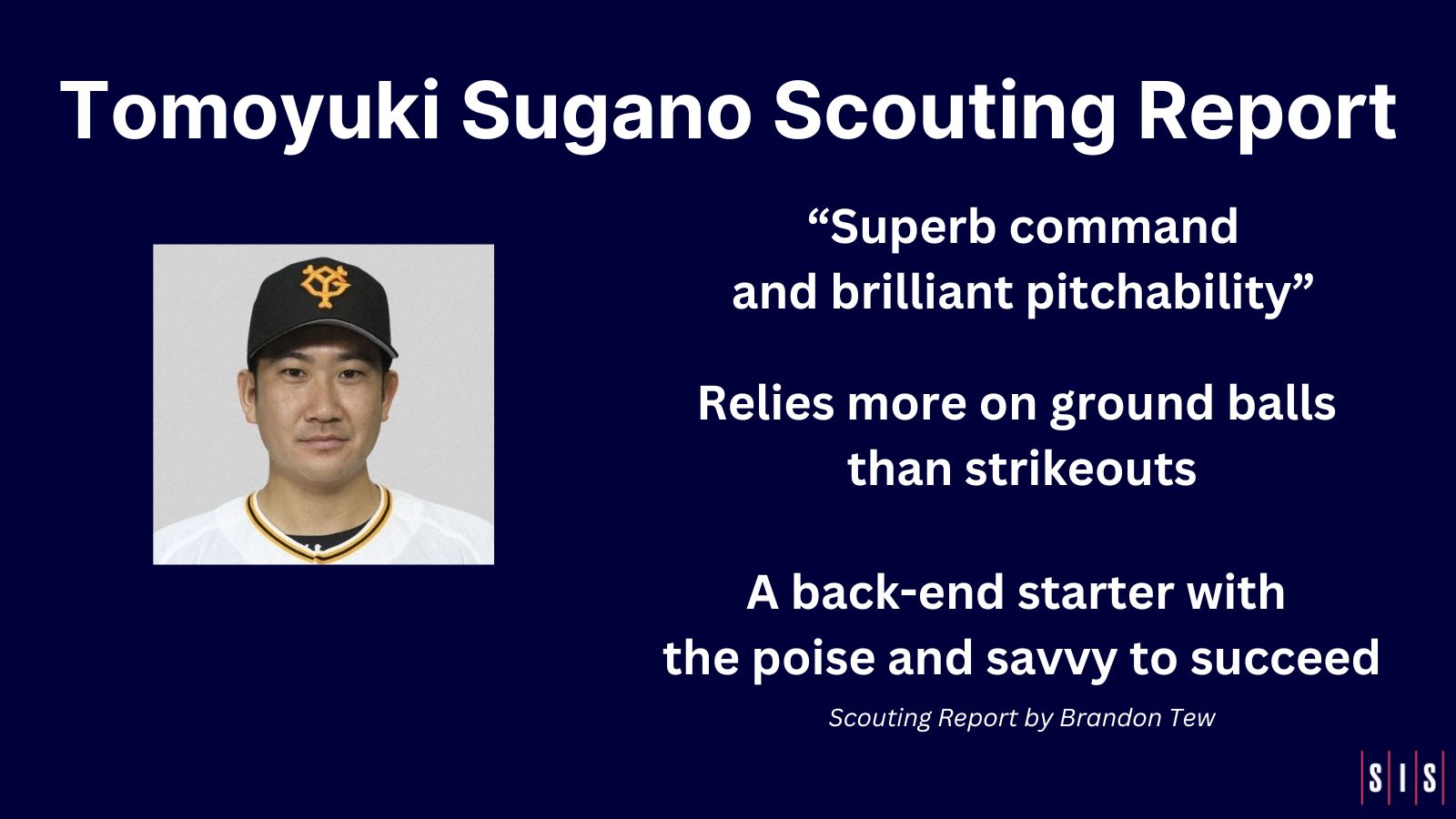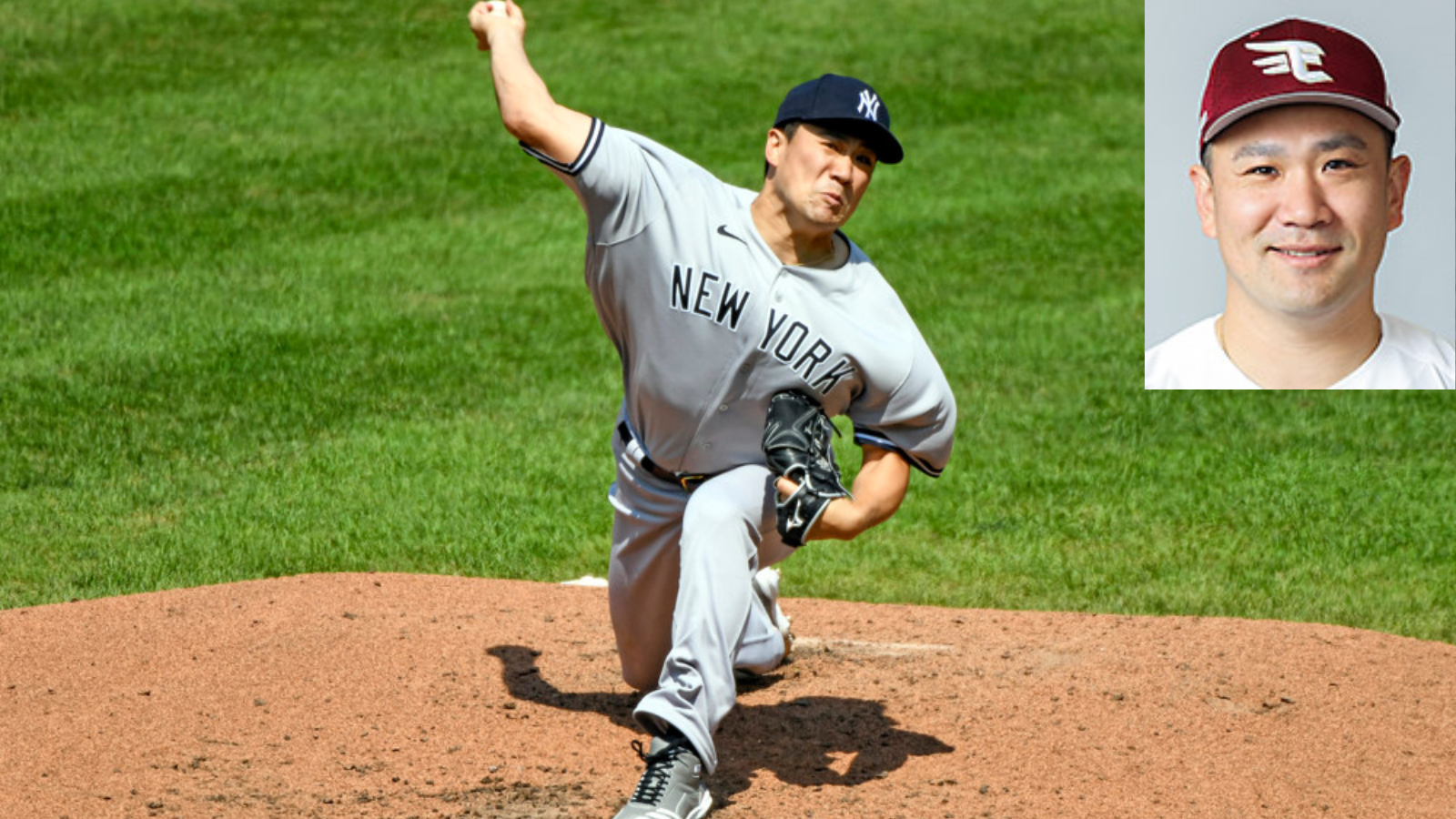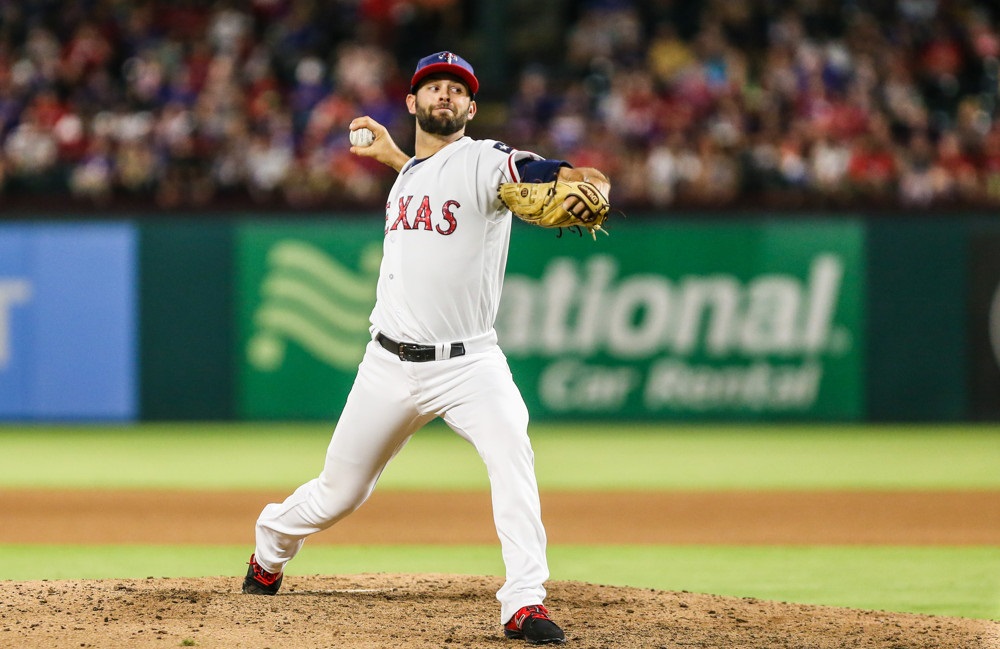Masataka Yoshida is expected to be posted by the NPB Champion Orix Buffaloes. This is a bit of a surprising move, as there had not been much buzz around Yoshida being posted until after the playoffs concluded.
That does not mean that Yoshida is not deserving of a look. He has been one of the most consistent hitters in the Pacific League over the last half-decade, posting a batting average of at least .300, an on-base percentage of at least .400, and a slugging percentage of at least .500 in each of the last six seasons.
Yoshida does have a reputation as a slugger, though that is a little misleading. He has never reached 30 home runs in a season (he hit a career high 29 in 2019), and has hit 21 home runs in each of the last two seasons.
Below is a great side view of Yoshida hitting a walk-off home run in Game 5 of the Japan Series:
https://twitter.com/baseballcosmo/status/1585631003753971716
And here is the normal broadcast view:
Holy s*** this is blowing up
He also walked off Game 5 of the Japan Series this year pic.twitter.com/X41vrvXSlt
— Gaijin Baseball/外国人野球 (@GaijinBaseball) October 31, 2022
Yoshida has a bit of an uppercut in his swing, which allows him to maximize his power output from his smaller frame. Listed at 5’8” and 176 lbs, his frame is reminiscent of Dustin Pedoria’s and, like Pedroia, Yoshida has to put everything he has into his swings.
Despite the effort exerted on them, Yoshida demonstrates elite plate discipline skills. He struck out only 41 times this season (an 8% rate) while walking 80 times (16%), though the walk rate was boosted by 18 intentional walks. If we remove the intentional walks he still maintained a healthy 13% walk rate.
Yoshida isn’t just piling up stats against weaker arms either. The Pacific League is home to many of Japan’s best young pitchers. While he does not have to face teammate Yoshinobu Yamamoto, he has hit well against fellow MLB hopeful Koudai Senga, NPB wonderkid Roki Sasaki, and veteran Masahiro Tanaka. He’s a combined 19-for-53 (.358) with 10 walks against them. He’s also 10-for-24 (.417) in the last three seasons against the Pacific League’s top lefty relievers, Yuki Matsui and Livan Moinelo.
While Yoshida’s offensive stats look very good, there is another wrinkle to consider with him. NPB teams do not shift much in general, but Yoshida was an exception as he faced the shift regularly. With MLB teams unable to put three fielders on the right side, or put an infielder in short right field, Yoshida might find more holes in MLB infields to get hits through.
While Yoshida has proven everything he can with the bat in NPB, the rest of his game has some questions. Defensively he is likely limited to only left field. Yoshida’s size makes him too small for first base, where longer reach is desired to catch errant throws from infielders.
His arm can also be a liability in right field, where he has played just over 600 innings since 2018, when we began tracking NPB data. In that time Yoshida has allowed runners to take an extra base (for example, go first to third on a single) on 64% of their opportunities in right field. Yoshida played only 23 innings in right field in 2021, and did not play there at all in 2022.
As a left fielder, teams could look for a way to maximize his abilities defensively. Over the last five years, Yoshida has totaled -15 DRS in 3,103 innings in left, averaging -3 DRS in around 600 innings per year (we judge NPB players using MLB out probabilities).
In the range and positioning component of DRS he has rated above-average on “shallow” plays in each year, while scoring negatively on “deep” plays in each year. If a team wants to use him in the outfield, they could dig deeper to determine how to optimally position him in left field in hopes of masking his deficiencies.
How much he can play in the field is also a concern. From 2018-2020 Yoshida played in every game for Orix, though he only played more than 100 games in the outfield in 2018. In the last two seasons he has missed some time and also seen more time at DH.
In 2022, played left field in only 39 of his 119 games, slotting in as the DH in his other 80 games. A positive COVID test and a hamstring injury limited his ability to stay on the field. He did start at left field in 9 of Orix’s 11 playoff games, while playing DH in the other two.
Similar to his defense, Yoshida’s speed is a bit of a question mark, and maybe more of a liability following his hamstring injury. He is slower than the typical small-framed outfielder, though his speed is much closer to below-average than basepath-clogging.
He was 4-for-4 stealing bases this season (with no attempts in 2021), suggesting he was opportunistic with his opportunities. Given his .447 OBP he was on base frequently, but ran sparingly. He also rarely finds an extra gear on liners in the gap, totaling exactly 1 triple in each of the past three seasons, and 7 total over his seven-year career.
Yoshida has been the best hitter that Orix has had since Ichiro, and will likely find a MLB home this off-season. While there are some questions regarding his defense, his elite offensive production will likely overshadow those other concerns.



